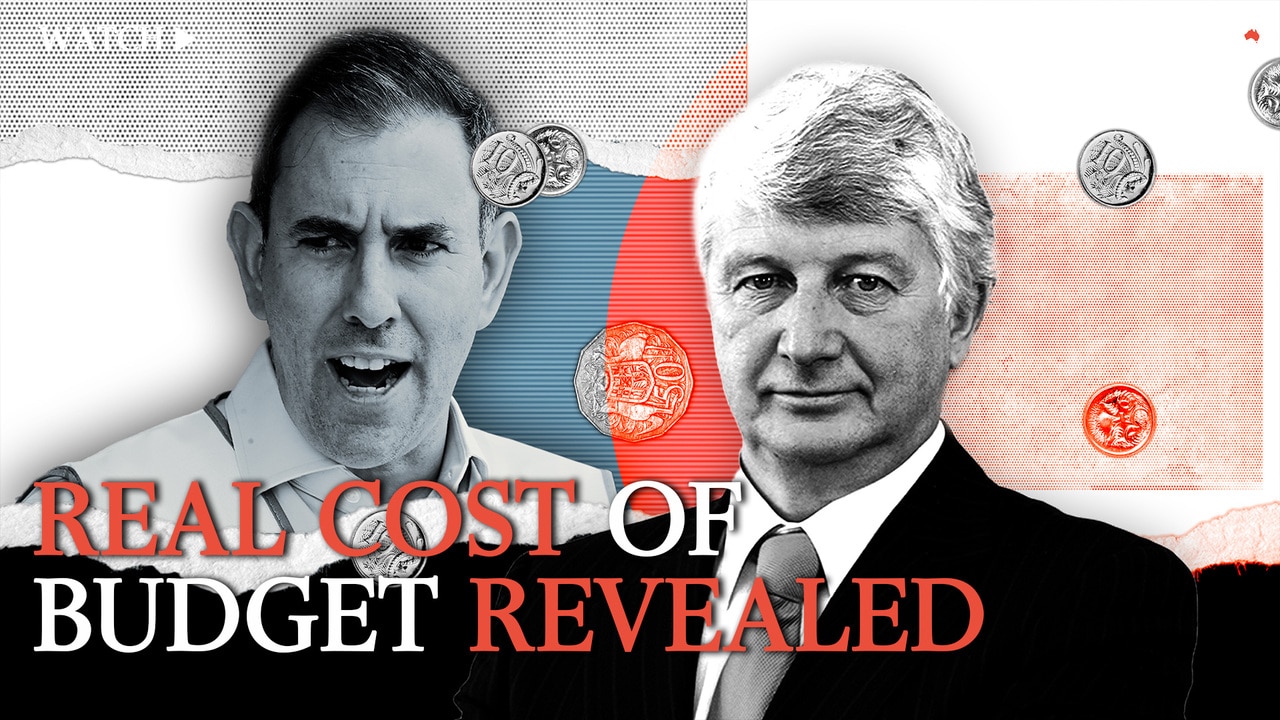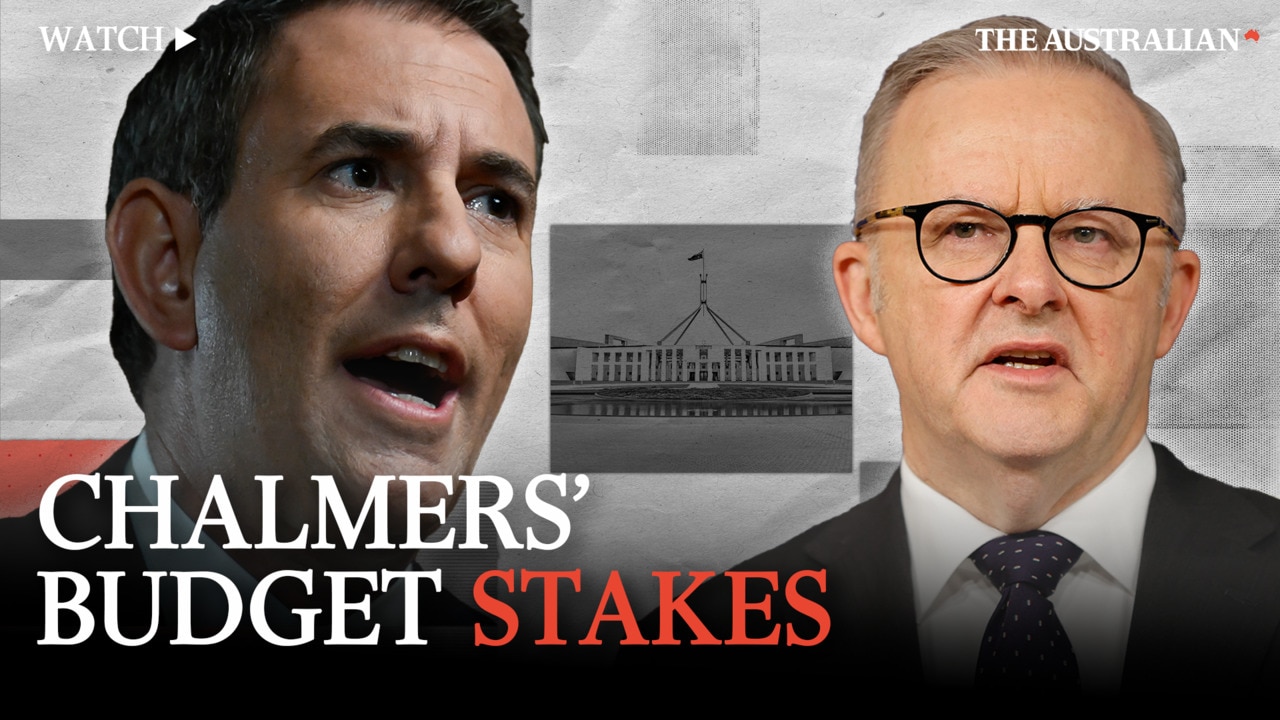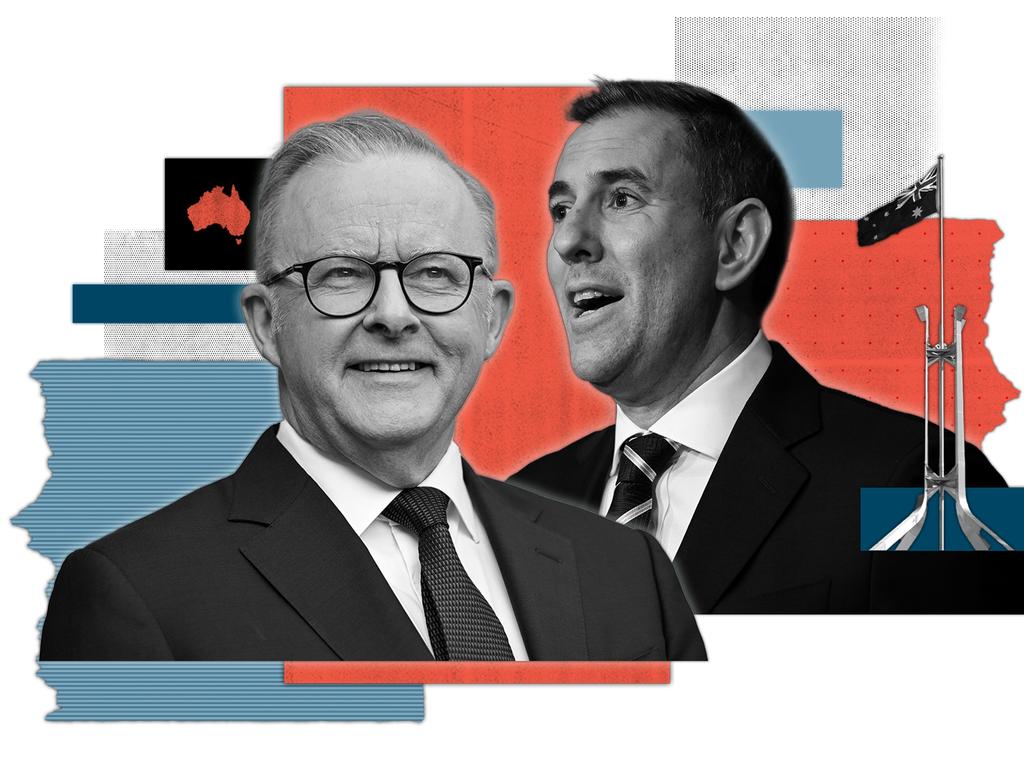Ban on non-compete clauses to drive pay, productivity
Labor will ban the imposition of non-compete clauses on low and middle-income workers from 2027, driving productivity growth and delivering pay rises to affected employees.

Labor will ban the imposition of non-compete clauses on low and middle-income workers from 2027, driving productivity growth and delivering pay rises to affected employees on the average wage of up to $2500 a year.
The ban will apply to employees earning below $175,000, and is designed to ensure they are freed to move to better, higher paying jobs. Treasurer Jim Chalmers said more than three million workers were captured by the clauses, including childcare and construction workers and hairdressers.
He said the clauses were unjustified and dragged down wages.
“People shouldn’t need to hire a lawyer to take the next step in their career, or (get) permission from their old boss if they want to be their own boss, and turn an idea into a small business,” he said.
According to Productivity Commission, the ban could lift productivity, reduce inflation and

improve GDP by $5bn, while potentially lifting the pay of workers on median wages by 4 per cent.
“Reforming non-compete clauses is about encouraging aspiration, unlocking opportunity, lifting wages, and making Australia’s economy more dynamic and competitive,” Dr Chalmers said.
“Workers should not be handcuffed to their current job when there are better opportunities available for them.”
Treasury’s competition review heard evidence about the misuse of non-compete clauses, including minimum-wage workers being sued by former employers and workers being threatened with legal action if they switched jobs.
The ban on non-compete clauses will apply to workers earning less than the high-income threshold in the Fair Work Act, which is currently $175,000.

The government will also amend competition law to stop employers fixing wages through anti-competitive arrangements that cap workers’ pay and conditions, without the knowledge and agreement of affected workers.
Labor will further stop the use of ‘‘no-poach’’ agreements to block staff from being hired by competitors. Ahead of the ban in 2027, the government will consult on exemptions, penalties and transition arrangements, and also consider action relating to non-compete clauses for high-income workers.
While overall wage growth is forecast to fall from 4 to 3 per cent over the current financial year, the budget papers are predicting real wage growth over the forward estimates.
According to Treasury, wage growth will be 3.25 per cent in the next two financial years, while the inflation rate will be 3 per cent and 2.5 per cent respectively. Treasury is forecasting annual real wage growth of 1.25 per cent by June 2027 with the wage price index to grow by 3.75 per cent, compared to inflation at 2.5 per cent.
As well as the ban on non-compete clauses, the government says it is “getting wages moving again” by advocating to the Fair Work Commission for increases to award wages and funding pay rises for aged care workers and early childhood educators.
Unions said the biggest enforcers of non-compete clauses were large employers.








To join the conversation, please log in. Don't have an account? Register
Join the conversation, you are commenting as Logout